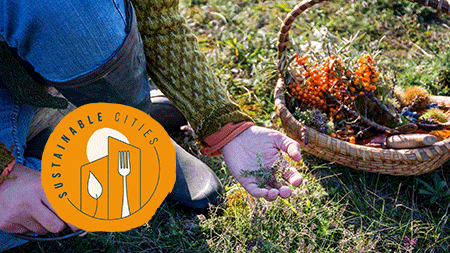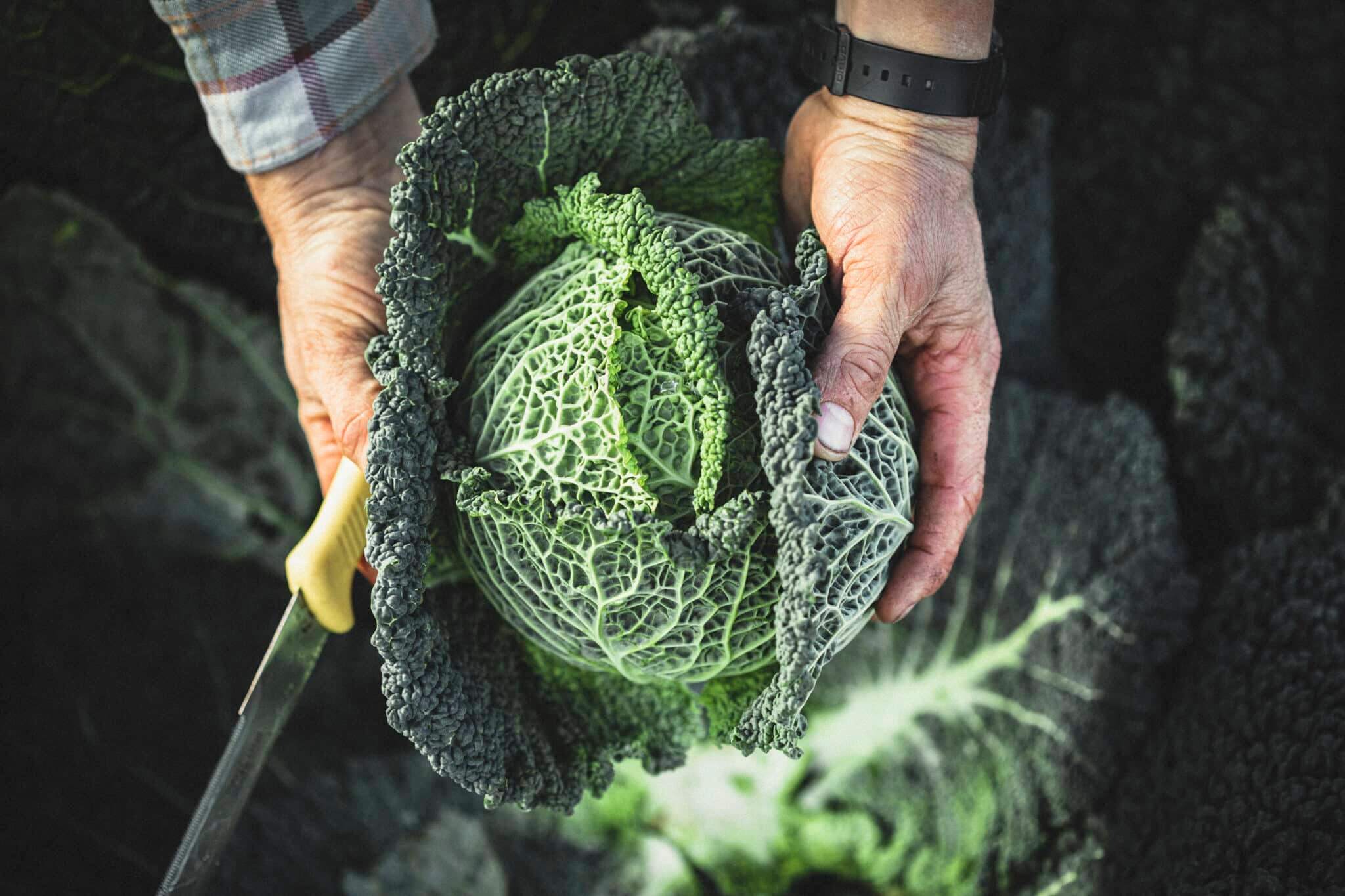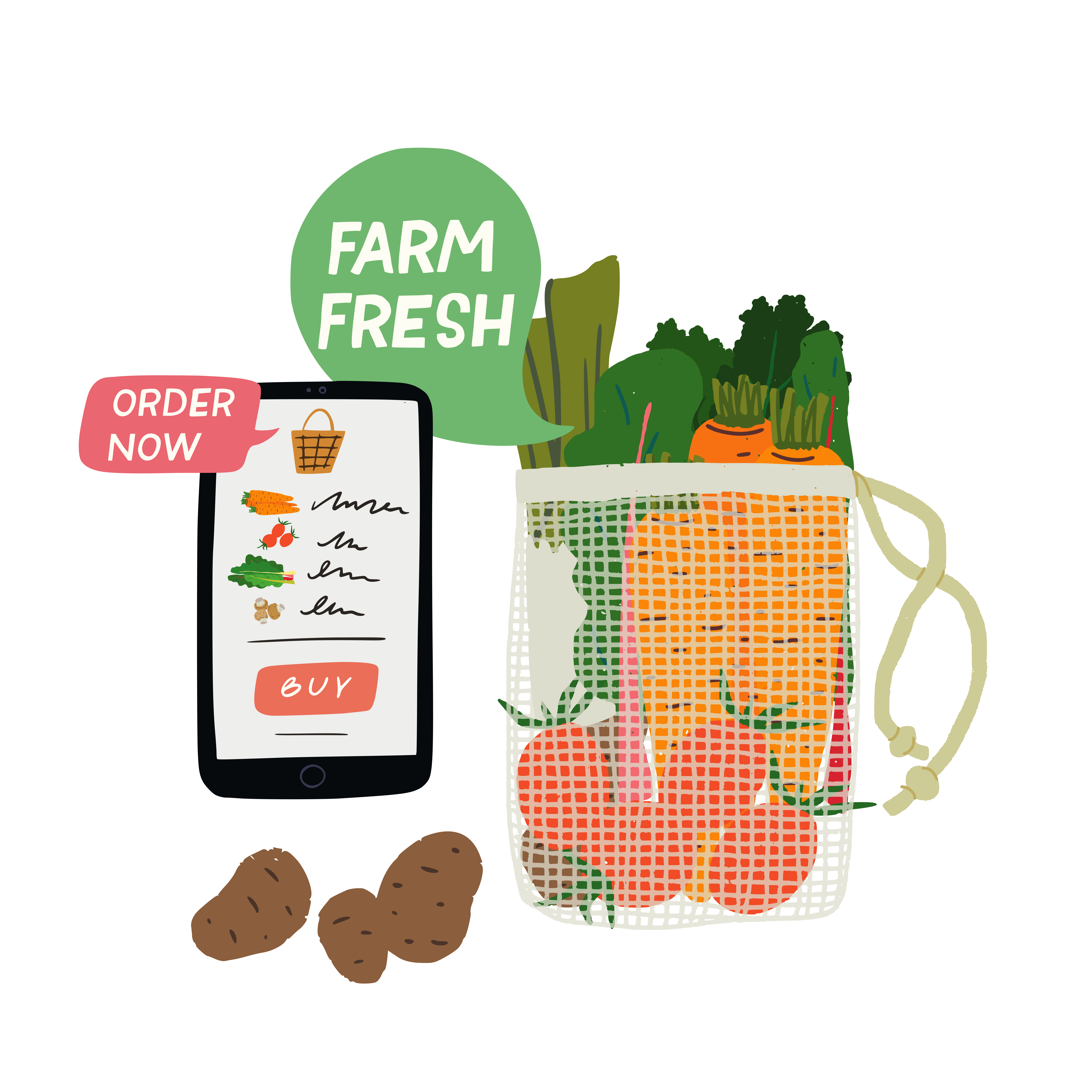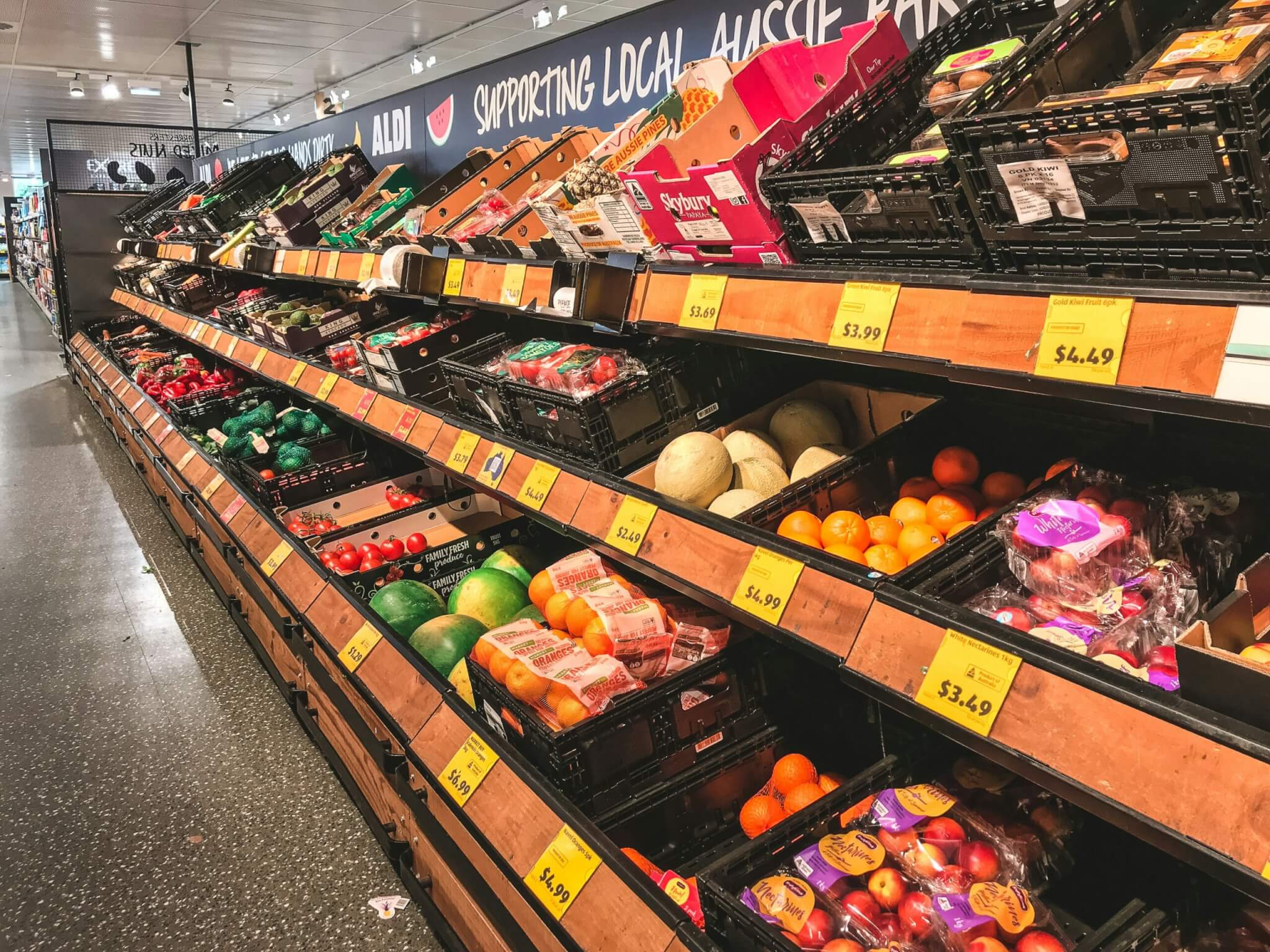![]() This article is part of a new series by Wicked Leeks, Sustainable Cities, exploring what sustainable food means to those living in the city.
This article is part of a new series by Wicked Leeks, Sustainable Cities, exploring what sustainable food means to those living in the city.
It is no coincidence that as our lives are lived online more than ever, foraging is a movement that is having its moment.
City dwellers in the climate change era are wanting to be part of a positive, greener urban culture. Trends such as guerrilla gardening, outdoor swimming and Shinrin-yoku (forest bathing), which can be done in urban streets, parks and outdoor pools, show a hunger for the real, physical experience of being outdoors in nature – and this is now extending to food.
Despite the distance from countryside, many are exploring new ways to engage with where what we eat is sourced. From the finest restaurants to individuals just seeking to carve out some connection with where food comes from, foraged foods are back on the menu.

Why forage?
It can be hard to feel rooted to where in the year we are with our ‘on demand’ lifestyle, but picking seasonal, local food helps us pay attention to the present. “Plants reflect the seasons back to us,” said eco activists and founders of Seed Sistas, Karen Lawton and Fiona Heckels, who spoke at the Oxford Real Farming conference this year.
Self-described sensory herbalists who love to include foraged ingredients in their day-to-day cooking, their focus is firmly on how we can restore our own health by interaction with plants.
The natural movement involved in foraging is the opposite to being desk-bound in an office or working from home, and what you pick can bring health benefits, too.
The Seed Sistas recommend “getting herbs into your diet daily, having a much broader range of phytochemicals within the diet through adding some herb vinegar or hawthorn ketchup, rather than just something that’s less nutritious or less complex…food as medicine is where it’s at.”
Wild foods are nutrient-rich and nature provides what we need to be eating throughout the year, from fresh spring salads with bitter leaves that stimulate digestion, to fiery horseradish or filling sweet chestnuts (coincidentally the only nut containing a rich source of vitamin C and B too) in colder months.
“Plants picked in the autumn are our native superfoods. Every so often the supermarkets or food sellers come up with the latest superfoods – spirulina, acai, or quinoa,” said Lawton and Heckels. “It’s all problematic stuff as they come from far-flung places; we have our own, for example crab apple, hawthorn, damson, rosehip – all packed full of nutrients.”

A moment of calm
The benefits of foraging are not just about new flavours or easy, enjoyable exercise. Some days need an antidote to the busyness of the city, an excuse to take time out and gather your thoughts, breathe, slow down. This is a simple, free, activity that puts you in touch with nature and the elements, using all your senses.
You are naturally more mindful as you have to slow down and immerse yourself in the detail to truly observe and identify plants. Focusing on the textures, scents, colours of leaves, flowers and roots is essential to correctly name what’s in your basket. The Seed Sistas also suggest taking home and drawing what you find helps with learning how to tell one plant from another.

In the UK we have the right to forage the aerial parts of plants in public spaces for personal use, but it is so important not to take too much – be respectful and research how to harvest with the least impact.
Make sure you educate yourself well on what to look for, and when you head out carry a breathable canvas bag or a basket for foraging; paper bags can dehydrate delicate leaves, plastic makes things ‘sweaty’.
Start with the easiest plants; have fun making simple herb teas, herb vinegars, or hedgerow drinks like elderflower champagne or blackberry brandy. Why buy expensive health supplements when many free health-giving foods are literally on your doorstep, such as mineral-rich nettle tea?

If you are feeling inspired, the best way to learn is from others as part of foraging groups, but you can also gather information and inspiration from these resources:
Food for Free by Richard Mabey and Collins Herbs and Healing Plants are great starter guides.
The Urban Forager: How to Find and Cook Wild Food in the City by Lawrence and Kesseler
The Sensory Herbal Handbook and Kitchin Witchin seasonal eating guides by The Seed Sistas
The Edible City – A Year of Wild Food by John Rensten
LifeRewilded.co.uk has some great beginners tips













0 Comments